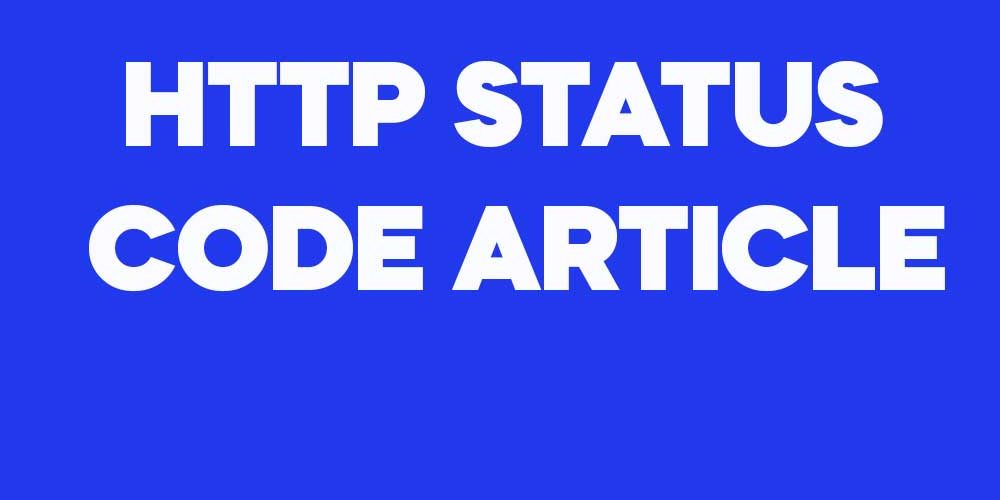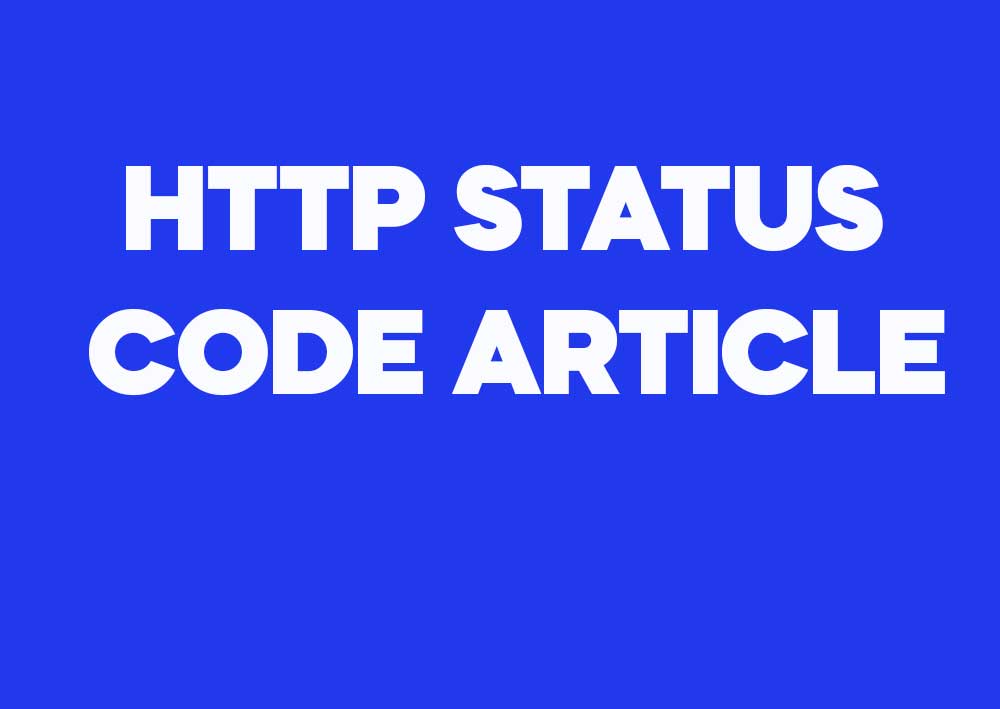HTTP Status Code 418 – I’m a Teapot
The HTTP 418 status code, known as “I’m a Teapot,” is an April Fools’ joke defined in RFC 2324, Hyper Text Coffee Pot Control Protocol (HTCPCP/1.0). It’s a humorous response code indicating that the server refuses to brew coffee because it is, permanently, a teapot. This status code is a part of the HTCPCP protocol, which was published on April 1, 1998, as an April Fools’ joke. While not intended for serious use, it has since become a fun Easter egg in many web applications and APIs.
Example 1: Fun Easter Egg in a Web Application
Imagine an SEo Leaders fun web application that provides random humorous responses for certain requests. If a user tries to perform an action that is intentionally nonsensical, the server might respond with a 418 status code as a joke:
// Node.js Express example
const express = require('express');
const app = express();
app.get(‘/brew-coffee’, (req, res) => {
res.status(418).send(“I’m a teapot. I cannot brew coffee.”);
});
app.listen(3000, () => {
console.log(‘Server is running on port 3000’);
});
In this example, when a user accesses the “/brew-coffee” endpoint, the server responds with a status code of 418 and a playful message, indicating its refusal to brew coffee because it’s a teapot.
Example 2: Custom Error Handling in an API
An API might use the 418 status code as a custom error message for specific, humorous conditions that don’t fit other HTTP status codes. For instance:
// Python Flask example
from flask import Flask, jsonify
app = Flask(__name__)
@app.route(‘/make-tea’, methods=[‘POST’])
def make_tea():
# Simulate a teapot refusing to brew coffee
response = jsonify(message=”I’m a teapot. Cannot brew coffee.”)
response.status_code = 418
return response
if __name__ == ‘__main__’:
app.run(debug=True)
In this Flask application, when a POST request is made to the “/make-tea” endpoint, the server responds with a 418 status code and a humorous message, illustrating the limitation of the teapot.
Example 3: Teapot Scenario!
# Client sends a request example.
GET /example HTTP/1.1
Host: www.example.com
# Server Response
HTTP/1.1 418 418 I'm a Teapot
Date: Wed, 09 Oct 2024 23:05:38 GMT
Server: ExampleServer/1.0
Content-Type: application/json
{
"error": "Description of the error for 418"
}
Example 4: Another Scenario
# Client sends another example request.
POST /another-example HTTP/1.1
Host: www.example.com
# Server Response
HTTP/1.1 418 418 I'm a Teapot
Date: Wed, 09 Oct 2024 23:05:38 GMT
Server: ExampleServer/1.0
Content-Type: application/json
{
"error": "Detailed message for 418"
}
Summary
The HTTP 418 status code, while not used in standard HTTP communication, serves as a light-hearted nod to the playful side of web development. It demonstrates how developers can inject humor into their applications and is a reminder of the creativity involved in the tech community. Although not intended for serious use, the 418 status code can serve as a useful tool for custom, non-critical error messages in web applications.


